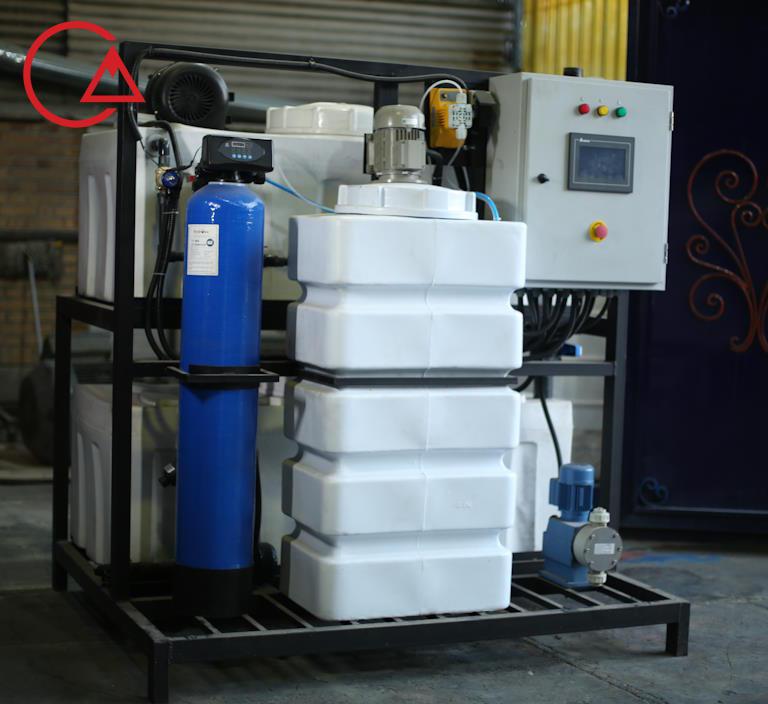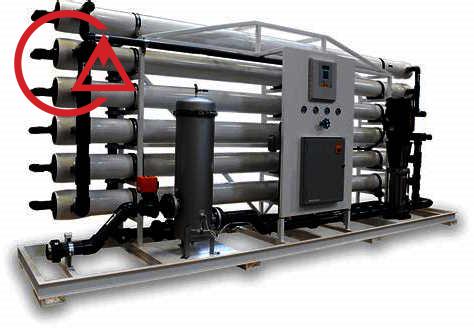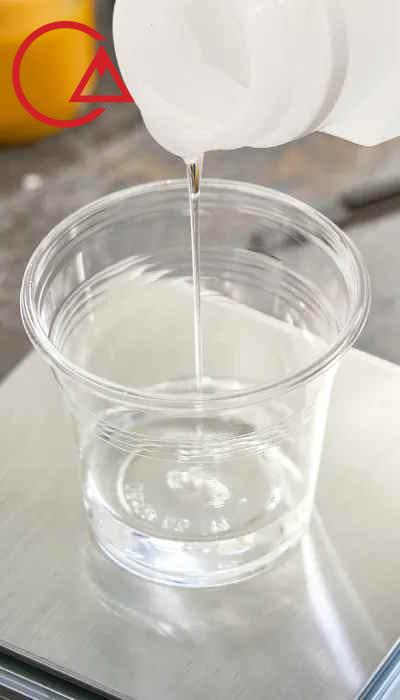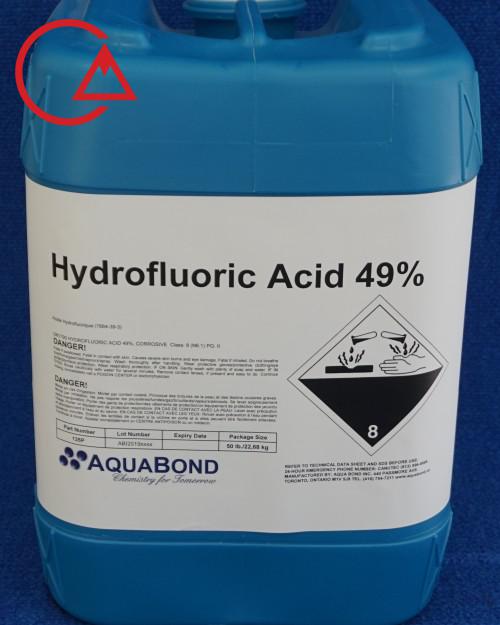water treatment
Water purification is the process of making water suitable for its use or turning it into its natural state. Therefore, it should be purified before and after using water. The required purification depends on the type of use. For example,treating gray water(bath, dishwashing, and laundry) is different fromtreating black water(toilet sewage). It is not possible to convert toilet waste water in urban houses. However, this is done in a 30,000 square foot office complex at the Asian Research Institute, University of British Columbia.
In water treatmentSciences such as basic sciences, engineering, commerce and art are used. Treatment may include mechanical, physical, biological and chemical methods. Just as the foundation of technology is basic science, in engineering it is ensured that the technology as a design is able to do the work. Clarify and use water is an art.
In the commercial sector, RGF Environmental, Water Energy Technologies, Aquasana Store, Vitech, Recalyx Industrial SDN BHD and PACE Chemicals ltd are companies that provide various water and wastewater treatment processes . Millipore, a Fisher Scientific partner, offers many purification lines to produce ultrapure water using a combination of activated carbon membranes and reverse osmosis filters. The websites of these companies provide useful information about water.
An expert or an environmental consultant provides internet services, and if necessary, makes changes according to the type of request.
• In the Natural Water section, there are explanations about hard water and soft water. Hardening operation of water for use in boiler, cooling and household items is explained in this section. These water purification methods prepare for cases like this.
• Water Biology deals with the topic of water and biology. Potable water is a part of making water suitable for life. So, this link provides some of the issues related to drinking water.
• There are many different industries, and different water sources usually need to be treated before and after use. Treatment before use and wastewater treatment, presents an opportunity or a specific challenge. Only a general note is given for some industrial processes.
• Municipal and domestic wastewater treatment transforms the used water (wastewater) in such a way that it becomes acceptable for the environment or even drinkable. Every urban center needs such facilities.

General Wastewater Treatment
Water is a renewable resource. All water purification steps include the removal of solids, bacteria, algae, plants, inorganic compounds and
organic compounds. Removal of solids is usually done by filtration and sedimentation operations. Bacterial digestion is an important process for removing harmful pollutants. The operation of converting used water in a way that is acceptable for the environment or even drinkable is called wastewater treatment .
Water in the Great Lakes Region is an organization that buys and sells water resources. The Ontario Clean Water Agency (OCWA) is a leading local business providing environmentally responsible and cost-effective water and wastewater services. This company has already operated more than 400 refineries for 200 cities. The company’s website provides information about water and water treatment.
In April 1993, 403,000 people in Milwaukee became ill from water contaminated with cryptosporidium as a result of spring flooding. The outbreak of this disease led to stricter regulations on the public drinking water system. Preventive measures were taken to eliminate cryptosporidium.
In May 2000, in the small town of Walkerton, Ontario, Canada, surface water entered shallow wells due to heavy rainfall. On May 17, some residents complained of fever, diarrhea, and vomiting blood. The cause of this was identified as the E.Coli outbreak in Walkerton. Nearly half of the city’s population became ill, and several died from E.Coli O157:H7 infection. In order to prevent the spread of similar diseases, everyone was asked to take many measures. The purpose of these measures was to destroy E.Coli bacteria.
Wastewater treatment
As a general discussion, let’s take a look at a typical wastewater treatment process. The following figure
shows the flow diagram of a public wastewater treatment plant Water Education, Department of Computer Science, University of Exeter, UK:

The sludge removed from the settling stage consists of living biological material. Part of it can be returned to the aeration tank, but the raw sludge is digested by two types of microorganisms. Anaerobic (without oxygen) and aerobic (with air) bacteria are used for digestion. During the digestion stage, carbon dioxide, ammonia, and methane gases are produced. The volume of digested sludge is reduced, and it can be used as an additional fertilizer in agriculture.
Wastewater Treatment
Although wastewater can be returned to the ecosystem after aerated digestion and percolating filtration
, in some cases, further treatment is necessary. Some important points about water purification are given below.
A relatively recent book, Chemistry Of Water Treatment, by SD Faust & OM ALY, 2nd Ed (1998) [td433 f38 1998], addresses both natural and treated water quality problems.
In the first three chapters, the rules and standards related to the quality of drinking water, organic compounds in water, and the smell and taste of water are explained. It is clear that standards change after a few years. Therefore, the standards related to purified water are also changing. Government organizations such as Environment Canada, which is on a par with the US Public Health Agency and the Environmental Protection Agency (EPA), have provided guidelines. We talk about drinking water in the topic of water biology.
The next seven chapters are related to the removal of the following:
• Organic and inorganic compounds using activated carbon
• Suspended particles using coagulation action
• Suspended particles using filtration and sedimentation methods
• Removal of hardness and other precipitating substances
• Inorganic pollutants
• Corrosive substances
• Pathogenic (disease-producing) bacteria, viruses, and protozoa (microorganisms).
These items are related to chemistry, biology and physics used for water purification. Some of these topics have been discussed in water chemistry, water physical properties, water biology, and natural water. Some selected topics are discussed in the following text.

Purification using activated carbon
Purification by activated carbon is mostly done due to surface absorption or absorption phenomenon. When a chemical substance is placed on the surface of a solid body, surface adsorption occurs. When partial chemical bonds are created between the absorbed particles or when the absorbed substance enters the channels in the solid body, we say that the phenomenon of absorption has occurred. However, these two terms are often used interchangeably because it is very difficult to tell them apart.
The use of activated carbon in removing unpleasant odors and tastes from drinking water was known from the beginning of the urbanization period. For thousands of years, bone ash and burnt plants, sand and gravel have been used for domestic water filtration. During the two world wars, effective research was carried out in this field and the production of activated charcoal accelerated. The use of poisonous gas led to the production and development of masks. They are still used.
Coal adsorbs many substances, including colored organic particles to inorganic metal ions.
Coal is used to remove the color of raw sugar from different sources.
The carbon in the material burns at a temperature below 900 K and produces carbon, which is used to make activated carbon. However, the carbon is activated at 1200 K using an oxidizing agent so that the oxidized parts of the carbon selectively create pores in the body. Because a special manufacturing process is used, these high surface-to-mass ratio materials are called “activated carbon” rather than activated charcoal. Factors affecting the adsorption phenomenon include particle size, surface area, pore structure, acidity (pH), temperature, and the nature of the substance to be absorbent. Usually, equilibrium and rate of surface absorption (adsorption) must be considered for effective use.Coagulation, Flocculation and Sedimentation
Natural water and sewage have small particles. These particles are suspended in water in colloidal form. They have the same electrical charge and the repulsive force prevents larger particles from forming and settling. Therefore, some physical and chemical methods are used to precipitate them. The name of this phenomenon is coagulation. A well-known method is to add electrolyte. Charged particles combine with neutral ions. The neutral particles are transformed into larger particles, and eventually precipitate.
Another method is to use substances with high molecular weight that absorb or trap particles and then settle together. Such a process is called coagulation. In this case, starch and polyvalent ions are often used.
In the past, dirty water was cleaned using alum, Al2(SO4)3.12H2O, and lime, Ca(OH)2. These electrolytes cause the pH of water to change due to the following reactions:

Suspension of iron oxide particles and humic organic substances in water makes the appearance of water muddy and yellow. Iron oxide particles and organic substances can be separated by using coagulation and flocculation operations. Here it is explained in a very simple way, and there are many more methods used in water purification. Coagulation is a major application of lime in wastewater treatment.
Other solvents such as iron sulfates Fe2(SO4)3 and FeSO4, chromium sulfate Cr2(SO4)3 and some special polymers are also useful. Other ions such as sodium, chloride, calcium, magnesium and potassium are also effective in the coagulation process. Temperature, pH and concentration also have an effect.
However, disposal of coagulation sludge is a concern.sedimentation
Allow the water to settle so that the clotted or coagulated particles settle out. This works best with relatively dense particles (such as silt and minerals), while flotation works best with lighter particles (such as algae and paint). The settling tank should be large enough to provide sufficient residence time (ideally more than 4 hours). The inlets and outlets should be designed so that the water moves smoothly through the tank. Long and narrow pipes are installed so that water can pass through the tank in a spiral manner. Sometimes it is necessary to remove deposited particles and sludge from the tank. After this step, the water can be filtered. Sedimentation is used in the pretreatment and purification of wastewater.filteration
Filtration is the process of separating solids from a fluid by passing it through a porous bed. Depending on the type of need, a substrate with coarse, medium and fine pores is used. The filter bed, artificial membranes, nets, sand filter, and filter system are high technology. The selection of filters depends on the speed required for filtering and the amount of cleanliness required. The intensity of flow required for filtration can be achieved using gravity or pressure. In pressurized filtration, one side of the filter bed is at a higher pressure than the other side so that the filter surface experiences a pressure drop. Some parts of this type of filter must be placed in a container.
The process of removing the blockage of a part of the filter bed by reversing the flow through the bed and washing and removing solid materials is called reverse washing. During this process, solids must be removed from the system, but other filters that have been cleaned must be replaced or used.
Aqua-Rain water filters are shown here. This device has four filters. Regarding the filtration system, its technical information is as follows.
At the heart of the AquaRainTM water filter system, there are ceramic elements with the latest technology, which by using a filtration process that has been proven to last more than 100 years, dangerous pathogens in water such as cysts (Cryptospordium, Giardia Lamblia) and bacteria (E .coli, Samonelli typhus, etc.) safely removed. Also, these innovative ceramic elements are filled with high-grade silver and granular activated carbon (GAC). GAC reduces pesticides, chemicals, chlorine, taste and odor, while maintaining natural water minerals.
These devices are designed for emergencies and maybe underdeveloped countries.
Mississauga’s AquaSelect has a pitcher-like water filter system, and its cartridge contains hundreds of high-efficiency activated carbon grains and an ion exchanger, according to its website.
Brita filters are very famous and popular.
Aeration:
introducing air in order to make contact with water to exchange specific compounds between two phases is called aeration. Oxygen is one of the goals of aeration. Other substances such as volatile organic substances, hydrogen sulfide, ammonia, and volatile organic compounds are also removed.
A gas or substance dissolved in water can further react with water. This type of reaction is called hydration. Ionic particles dissolve due to hydration, for example:
• Diffused aeration – air bubbles enter the water.
Spray aeration – water is sprayed into the air.
• Aeration using multiple-tray aeration – water flows into multiple trays to mix with air.
• Cascade aeration – water flows downward in several stages in the form of thin layers.
• Air stripping – a combination of multiple trays and cascade method along with random block packing, causes complete mixing of water with air.Reverse Osmosis Water Filter System
In the following discussion, a dilute solution and a concentrated solution are considered. A dilute solution can be pure water, while a concentrated solution contains dissolved and undesirable substances (electrolytes or
other substances).
Using the pressure associated with the more concentrated solution, water molecules move from the more concentrated solution to the less concentrated solution. This method is called reverse osmosis water filter system. The concept of reverse osmosis is shown in this diagram, which belongs to PurePro.
Semipermeable membranes are the result of a long way of conducting early osmotic experiments on the natural pig bladder. Before 1960, these membranes were too inefficient, expensive, and unreliable for practical applications outside the laboratory. New developments in the field of synthetic materials that solved all these problems made the membranes to be very effective in removing pollution and to be sufficiently resistant to the high pressures required for operations.
This technology definitely works, and it is used to convert salt water (ocean or sea) into fresh water. Using this method, the thicker water is discarded. Therefore, in areas where the price of water is expensive, the cost of this technology is high. Also, the filtration system with the reverse osmosis method is used to produce free drinking water for domestic use.
Industrial Wastewater Treatment
Environment Canada’s Waste Management (Atlantic Region) and Reclamation Division have links to detailed information on
programs and activities related to petroleum systems and storage tanks for petroleum-related materials, ocean disposal, contaminated sites, and hazardous waste disposal.